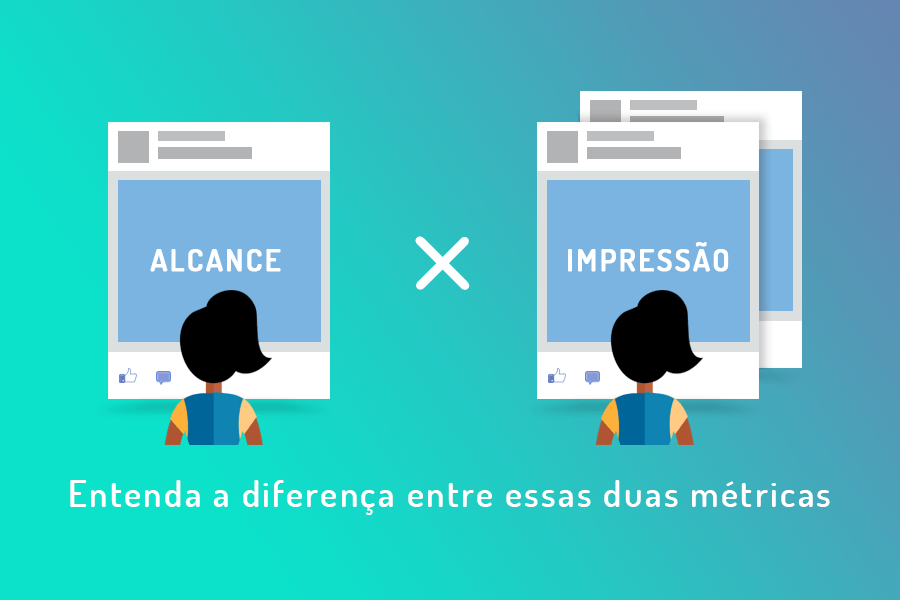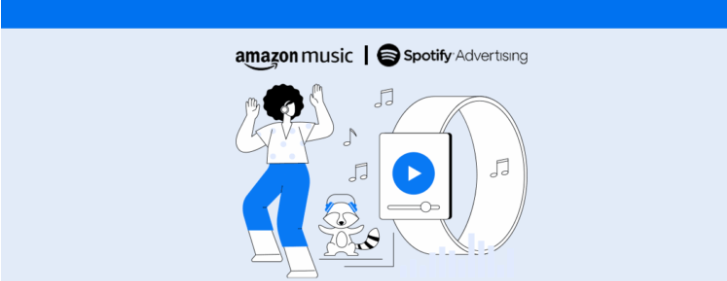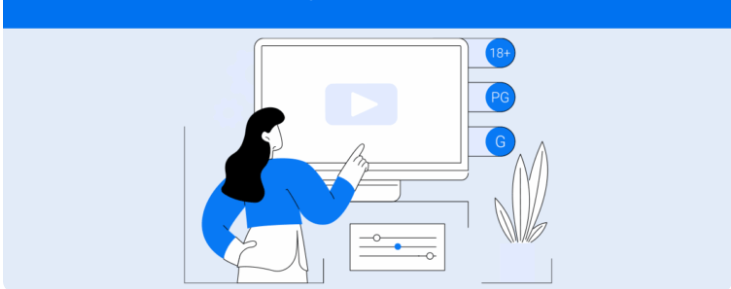Key metrics: reach vs impressions
As we have said in other posts here on Reportei’s blog, metrics are very important measurement systems for measuring and evaluating the performance of your social media strategies. However, with so many social networks that, in turn, count on several metrics, it is normal to be confused by some important terms when analyzing the data present in social media reports.
Reach and Impressions are some of the terms that can confuse the social media analyst, but with the following explanation, you certainly will not make mistakes anymore. Are you ready?
Reach
The number of single users who saw your post.
The reach of social media refers to the number of people who viewed your content. So if a single publication is shown to you ten times, you will not be counted in the publication reach ten times, but only once.
It is worth noting that social media usually have two types of scope: organic and paid. Organic reach represents the number of individuals who viewed your content without you paying, and the paid reach represents the number of people who saw your content because you paid for it to happen.
Impressions
The number of times the publication was seen.
Social media impressions, however, refer to the number of times your content was served to someone, and it’s possible that the same person will be counted in the impression rate several times.
Let’s return to the example used in the previous topic: if the same publication is shown to you ten times, you will not be counted in the publication reach ten times, but only once. However, your ten views will be counted as ten different impressions.
In order for the impression to be counted, just visualizing the content is enough, without having to interact with it.
Given this, it is necessary to pay close attention while analyzing this metric, since it is a vanity metric and does not give many inputs to the social media analyst to understand if the actions performed were really effective. However, analyzing these metrics should not be ruled out, since an extremely low impression rate may mean that the content you produce is not shareable and is not effective when it comes to engaging your audience.



